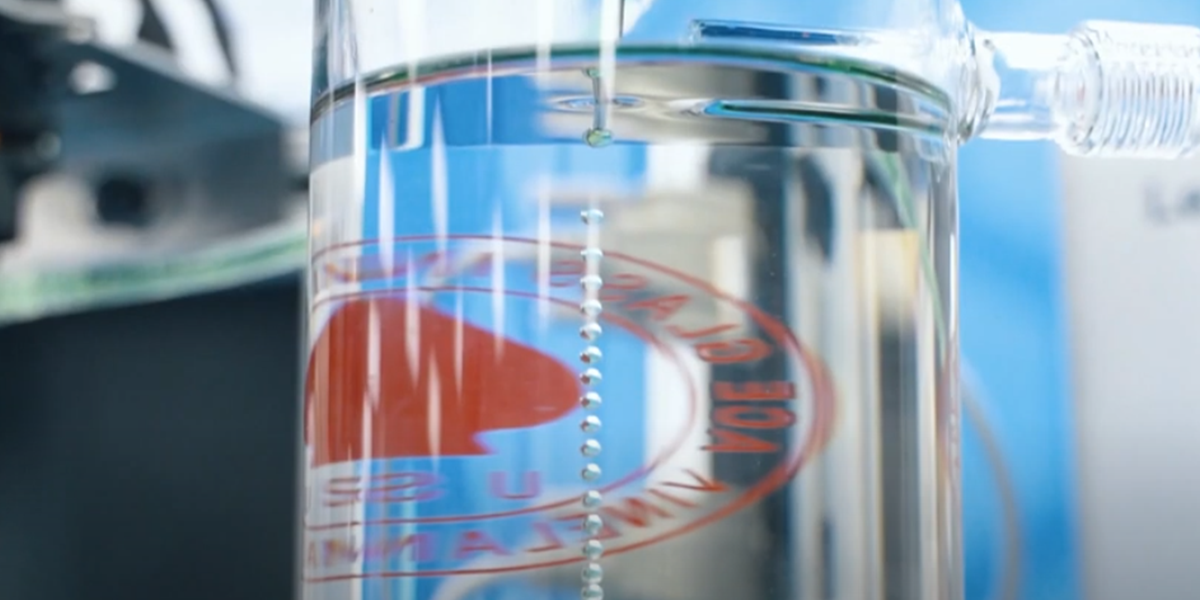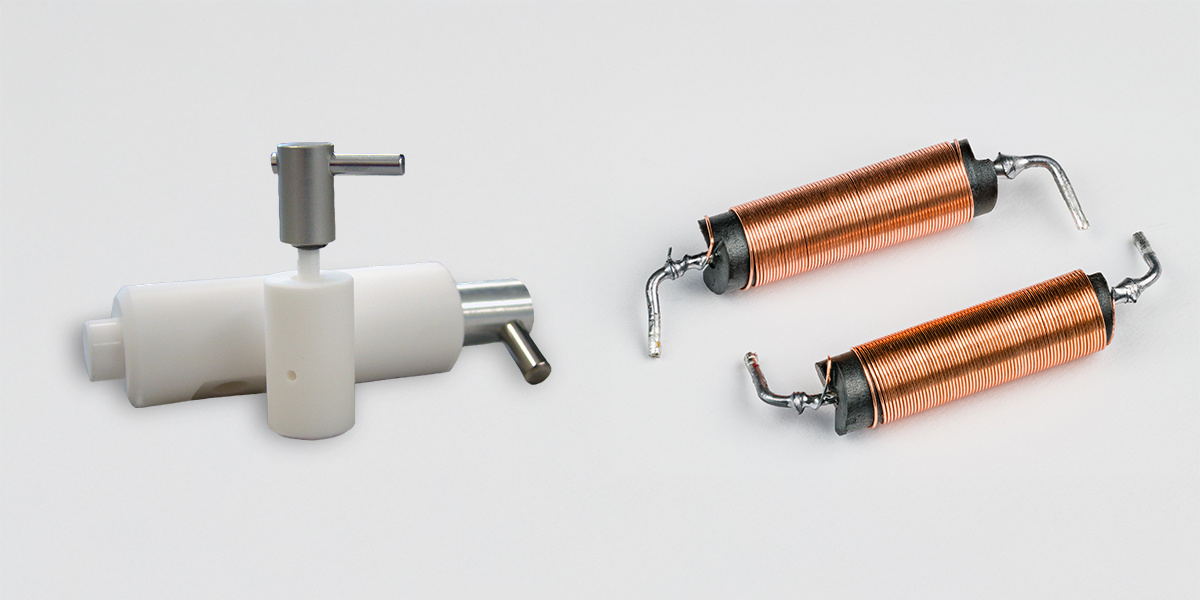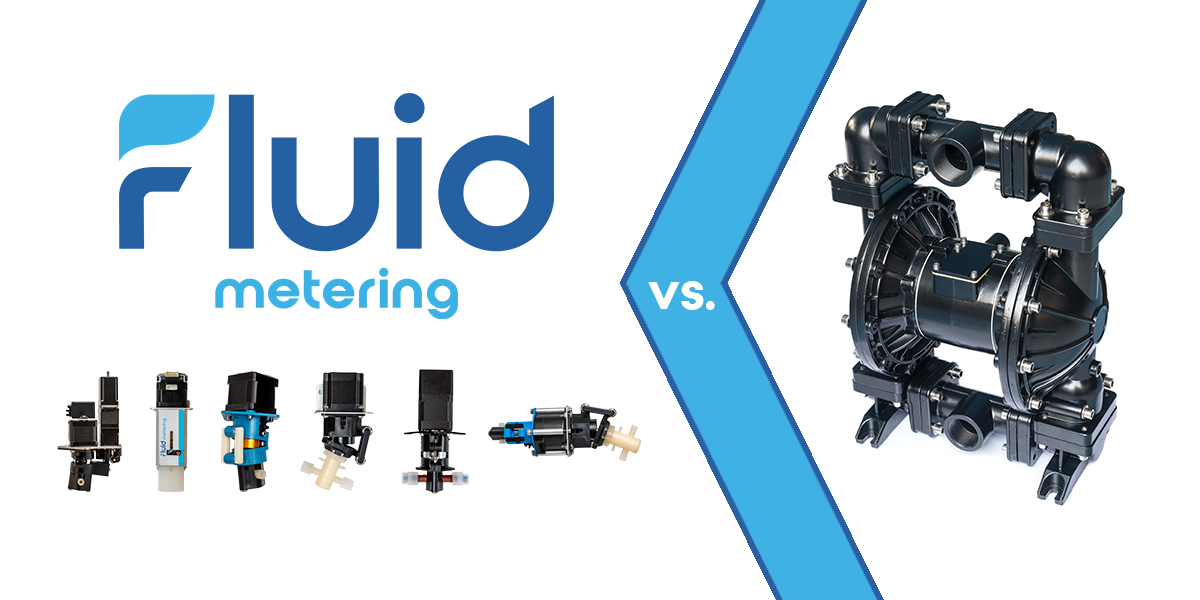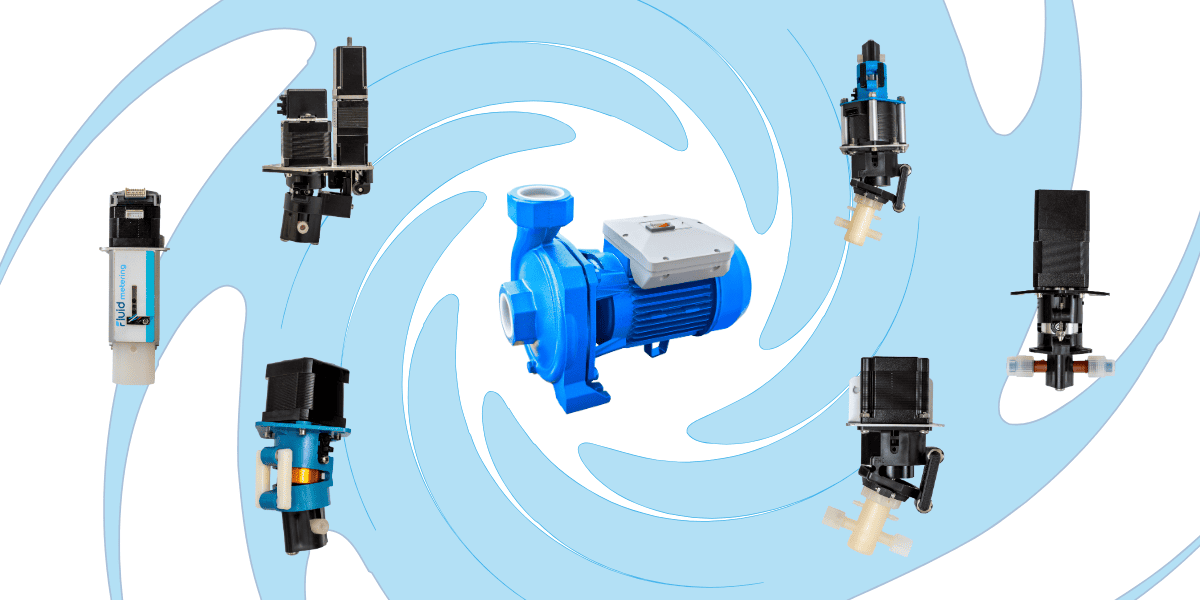Fluid Delivery Face-Off: Fluid Metering vs. Solenoid Pumps
Key Takeaways: For precision fluid delivery vs. solenoid pumps, Fluid Metering’s valveless piston pumps outperform in accuracy, reliability, and...

When it comes to delivering precise amounts of liquid, there are two possible options: dispensing and metering. Every fluid management application requires a unique approach, so understanding the differences between each technique is essential to achieve the desired results. Here’s a dose of helpful insight as to what distinguishes these two important functions.
Before we begin, let’s define a few key terms:
Although the difference between dispensing and dosing is a bit subjective to each person, and some professionals may even use these terms synonymously, this is how Fluid Metering makes distinctions between these functions.
Primary Purpose:
Dispensing:
Metering:
Flow Rate Control:
Dispensing allows you to control flow rates accurately for intermittent dosing. This function shines in scenarios that require low to moderate flow rates.
Since metering maintains a constant flow rate over time, it enables the system to handle larger flow rates. This is more suitable for industrial-scale projects.
How to Control Metering Speed:
Pump heads don’t change, but motors can be swapped. Customers can choose to use faster brushless DC motors for long run applications (~2,000 rpm) or stepper motors which have speed limitations (~700-800 rpm).
The pump head can be optimized for pulsation or for viscosity. Just remember that if the system is pumping viscous liquid, you’ll want to run it slower.
Fluid Types & Materials:
All of Fluid Metering’s pumps are hybrid and can be used interchangeably for either dispensing or metering thanks to the use of a stepper motor (which is especially good for starting and stopping dispensing). They also feature automatic dosing control, Fluid Metering’s innovative valveless design, and CeramPump® technology to handle acids, bases, viscous liquids, slurries, and more. In addition to these reliable benefits, our experienced team of engineers will help you find the most compatible materials for your specific fluid handling needs.
Making Informed Decisions:
Both dosing and metering functions are precise and can be used in a wide variety of situations. When looking to control flow rate and operate continuously over a long period of time, metering will be the winning solution. When the results require specific volumes and are independent of speed, dispensing is the better option. Still not sure what’s right for you? Contact us today and we’ll help you make an informed decision based on your unique project requirements.

Key Takeaways: For precision fluid delivery vs. solenoid pumps, Fluid Metering’s valveless piston pumps outperform in accuracy, reliability, and...

Key Takeaways: For valveless piston pumps vs. diaphragm pumps, Fluid Metering’s CeramPump® technology offers superior precision, clog resistance,...

1 min read
Key Takeaways: For precision fluid metering vs. centrifugal pumps, Fluid Metering’s valveless piston pumps offer unmatched accuracy, chemical...